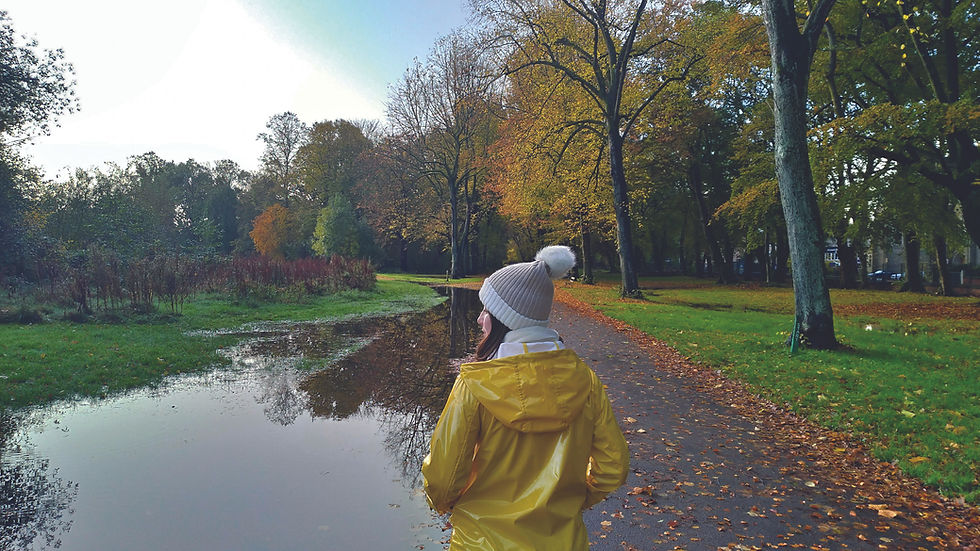From simple bicycles to e-bikes
- The International
- Aug 2, 2021
- 3 min read

Bicycle culture in modern society is booming.
Photograph: iStock
Text: Mariano Anthony Davies
To understand the role that the bicycle plays in modern society, you need to look at the development of society since the first bicycles were seen as a means of transport.
The bicycle was invented in the latter half of the 1800s and the first bicycles were relatively primitive and somewhat awkward to ride. Nonetheless, they soon became the big fashion craze – especially among young men in high society. They were first used for sport and recreation, but in the late 1800s, some more practical types of bicycles gradually came into the market, and the general public, who otherwise had poor access to transport, quickly adopted them as affordable transport.
Back in 1900, where in the world could you expect to find bicycles making up 20 percent of the transportation mix, with protected, and in some cases, elevated bicycle lanes? If you are thinking The Netherlands or Denmark, you would be wrong. It was in fact Los Angeles in 1897. The pleasant and temperate climate of southern California allowed "wheeling," as cycling was then known, to become a standard and respected means of getting around. It is hard to believe that Los Angeles was once a cycling haven with dedicated infrastructure. Now, it is one of the most car-dense places in America.
In the late 1800s and early 1900s, cities worldwide experimented with different ways of segregating cyclists, like painted lines at the roadside or ditches between lanes. However, as the automobile became a more prevalent means of transport, attitudes towards cyclists were not always favourable.
"It is hard to believe that Los Angeles was once a cycling haven with dedicated infrastructure. Now, it is one of the most car-dense places in America."
The bicycles' first heyday lasted for half a century until around 1960. Then, the increasing standard of living slowly but surely made car ownership possible for more and more families. That development was welcomed. Cars and single-family houses were vigorous symbols that the depression of the 1930s and the darkness of World War 2 had lifted and that a brighter future lay ahead.
However, gradually it became clear to most people that the solution to congestion problems had to be revised city planning that gave space to cars, bicycles, pedestrians and public transport. Out of this realisation grew the Danish model with its extended network of cycle lanes along its roads.
As in other countries, Denmark has a desire to improve public health and combat climate change. As a result, Copenhagen and several other Danish cities have led to an intensified effort to maintain and strengthen cycling culture.
Today E-bikes (electric-assisted bicycles) are the craze. The characteristic of an electric bike is that it is equipped with an auxiliary electricity-driven motor. This will help you reach your destination without using more energy than necessary. However, it should be no secret that you can easily turn off the assistant engine if you want more exercise and do not want help from the engine. Furthermore, it is easy to adjust how much the engine should help.
Today, two-wheeled transport offers many different options, from standard well-designed bikes to racing bikes, e-bikes and electric scooters with appropriate city and countryside infrastructure to keep everyone safe.
The present boom in bikes, e-bikes and electric scooters is also well-synchronised with the UN Climate Goals and a global drive towards the need for more exercise as a basis for better health for people of all ages. This is especially important in the twenty-first century, where urbanisation has many climate and health challenges for individuals who choose city life, fast food and limited daily exercise.
Modern bike technology has so many options that biking culture has solutions for almost any need at any age - from standard well-designed bikes with two wheels and simple chain propulsion to light weight racing bikes, cross country bikes, and folding bikes e-bikes. So it is no surprise that the market for bikes is booming.
The global bicycle market size was estimated at USD 54.44 billion in 2020 and is expected to reach USD 57.49 billion in 2021 and grow at a compound annual growth rate of 7.0% from 2021 to 2028 to reach USD 92.49 billion by 2028.









